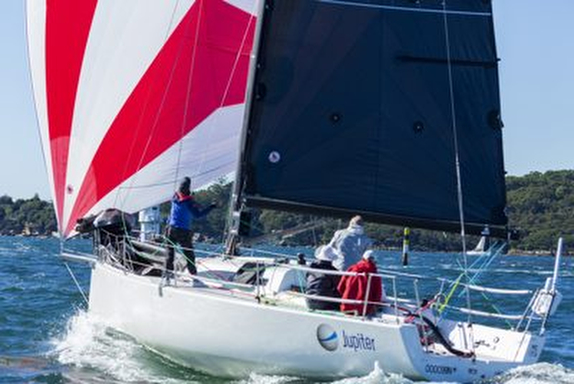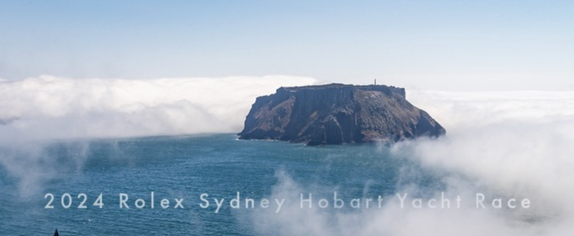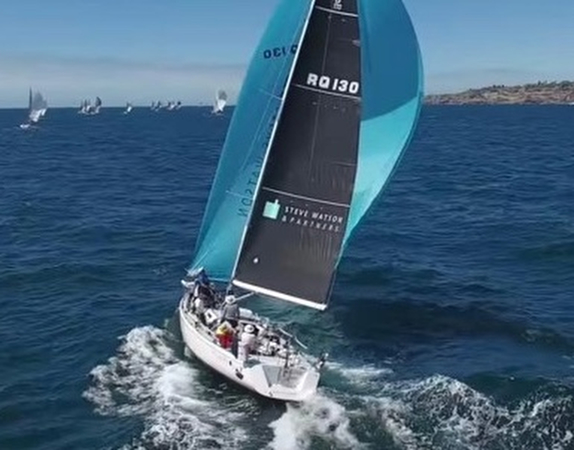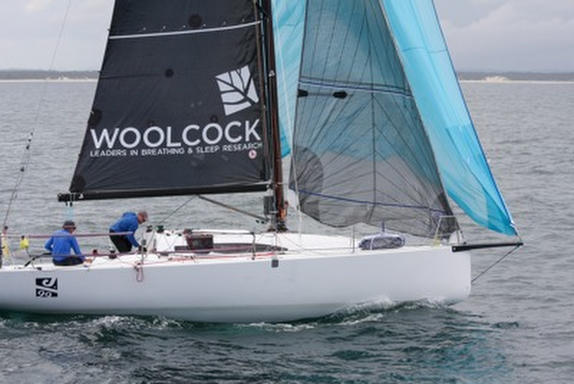ROLEX Sydney Hobart Race Preview 2024

(Sydney, Australia)- Over the past 78 years, the ROLEX Sydney Hobart Yacht Race has become an icon of Australia’s summer sport, ranking in public interest with such national events as the Melbourne Cup, the Australian Open tennis, and the Boxing Day cricket test. No regular annual yachting event in the world attracts such huge media coverage as does the three starting lines on Sydney Harbour.
The 628.0 nm course is often described as the most grueling long ocean race in the world, a challenge to everyone who takes part. From the spectacular start in Sydney Harbour, the fleet sails out into the Tasman Sea, down the southeast coast of mainland Australia, across Bass Strait (which divides the mainland from the island State of Tasmania), then down the east coast of Tasmania. At Tasman Island, the fleet turns right into Storm Bay for the final sail up the Derwent River to the historic port city of Hobart.

People who sail the race often say the first and last days are the most exciting. The race starts on Sydney Harbour and attracts hundreds of spectator craft and hundreds of thousands of people lining the shore as helicopters buzz above the fleet, filming for TV around the world.
The final day at sea is exciting with crews fighting to beat their rivals, but also looking forward to the traditional Hobart welcome. Plus, looking forward to having a refreshing drink to relax and celebrate their experience.
Between the first and last days, the fleet sails past some of the most beautiful landscapes and seascapes found anywhere in the world. The New South Wales coast is a mixture of sparkling beaches, coastal townships, and small fishing villages. Nevertheless, for most of the race south, the yachts can be anywhere between the coastline and 40 miles offshore.
During the race, many boats are within sight of each other and crews listen closely to the information from the twice-daily radio position schedules (“skeds” as they are called). In more recent years, crews have been able to pinpoint the entire fleet’s whereabouts and follow each boat’s progress against their own using onboard computers and the YB yacht tracker on the official race website.

Bass Strait (nicknamed the “paddock”) has a dangerous personality. It can be dead calm or spectacularly dangerous. The water is relatively shallow, there’s a south-easterly flowing 2-3 kts current, and the winds can be strong out of the south-southwest. These counter-manding elements of wind against current often create a steep and difficult breaking sea for yachts.
The third leg after the “paddock”- down the east coast of Tasmania takes the fleet past coastal holiday resorts and fishing ports with towering mountains in the background. Approaching Tasman Island, the coastline comprises massive cliffs known as the famous “Organ Pipes” spectacular rock formations, sometimes shrouded in fog.
The winds are often fickle and can vary in strength and direction within a few miles of the island. Sailing becomes very tactical.
After turning right at Tasman Island, sailors often think the race is nearly completed. But, at this point, there are still 40 miles of often hard very difficult sailing to go. Yachts can be left behind in the maze of currents and wind frustrations.
Even when they round the Iron Pot, a tiny island that was once a whaling station, there is still a further 11 miles up the broad reaches of the Derwent River to the finish line off Hobart’s historic Battery Point, with Mount Wellington towering over the city.
Hundreds of people crowd the foreshores of Sullivans Cove to cheer the yachts and their crews while volunteers from the finishing club, the Royal Yacht Club of Tasmania, meet the weary crews with open arms and famous Tasmanian hospitality, and escort them to their berth in the Kings Pier marina.
It’s an event that Tasmanians love to host in the middle of Hobart’s “Taste of Tasmania Festival”.
Then it’s time to celebrate or commiserate, swap yarns about the race with other crews over a few beers in Hobart’s famous waterfront pubs, such as the Customs House Hotel, or the Rolex Sydney Hobart Dockside Bar right on the waterfront.

For this year’s ROLEX Sydney Hobart Race edition, the IRC Doublehanded Division is fielding the largest fleet of J/Teams ever. At the top of the pack are Grant Chipperfield & Peter Dowdney’s J/133 JOKERx2 and Andrew Butler & Peter Just’s J/122E RUMCHASER.
Then, a quintet of J/99s is also sailing IRC Doublehanded, including the previous Sydney-Hobart winners- Jules Hall & Jan Scholten’s DISKO TROOPER- CONTENDER SAILCLOTH! Joining them will be Shane Connelly & Tony Sutton’s RUM REBELLION, Chris O’Neill & Michael ‘Tom’ Johnston’s BLUE PLANET, Ian Smith & Lincoln Dews’s JUPITER, and Paul Beath & Teresa Michell’s VERTIE.
IRC Division
Sailing amongst the “big boys” will be Steve Watson’s J/130 RAGTIME. Isn’t that a familiar name to J/Boats aficionados? Indeed it is! This was Rodney Johnstone’s original J/130 RAGTIME bought in the USA and shipped to Australia!
For more ROLEX Sydney Hobart Race sailing information
https://rolexsydneyhobart.com/
